Uniquely sweet and musky, guavas are surprisingly easy to prepare as well as quite versatile. Although they are native to Mexico, and to Central and South America, guavas now grow in most places where the climate is warm, sunny and relatively dry, like the southern United States and parts of Asia. The creamy white and pink flesh is exceptionally juicy and often described as a mix between a pear and a strawberry. A fully ripe guava is wholly edible, from the skin right down to the seeds. To test for ripeness try pushing your fingernail into the skin; if it penetrates easily to the flesh, it's ready to eat.
A Quick Snack
Once checked for ripeness and cleaned, a guava can be eaten whole like an apple. You can slice or quarter a guava and sprinkle with salt and pepper, or dip the pieces in soy sauce to add a savory twist.
Poached Guava
Poached guavas soften to a sweet and sticky treat and can be enjoyed as a dessert with whipped cream or over ice cream. They are also good mixed with roasted sweet potatoes as a side for dinner. To poach your guava, bring 1 liter of water and 1 1/2 cups of sugar to a boil, then add 3 quartered guavas and turn the heat down to medium. Remove the guavas when they become soft, after about 10 minutes.
Guava Juice
To make guava juice, halve as many guavas as will fit in a food processor. Scoop out the flesh with a spoon and remove as many seeds as you can before placing in the processor. Puree the guava flesh, then strain into a jar. Drink guava juice alone or add it to your favorite classic cocktail.
Guava Paste
If you're looking for an all-purpose condiment, guava paste will fit that bill. It can be effectively used as a spread or in place of jelly for fresh-baked bread and pastries; as a substitute for chutney; and on the side of a cheese plate. The simple preparation takes some time but requires only 3 ingredients: guavas, water and white sugar.
Cut 1 pound of guavas in half and scoop out the seeds. Place the seeds in a 1/2 cup of filtered water to soak during step 2.
Peel the guavas, then cut them into 1-inch chunks and place them in a saucepan with 1/2 cup of filtered water. Bring the mixture to a boil over high heat, then reduce to medium-low and simmer for about 30 minutes or until the guavas are very soft.
Remove the guavas from the stovetop and strain the seed water into the pot with the guavas; discard the seeds. Make sure the seed water has soaked long enough and is gelatinous before adding to the guavas.
Using a spatula or wooden spoon, press the guava mixture through a strainer. Once it has all passed through the strainer, weigh the pulplike mixture you're left with.
Mix the pulp with an amount of white sugar equal to the weight of the guava pulp in a saucepan over low heat while stirring until the mixture thickens, about 20 minutes.
Continue stirring the paste vigorously off the heat until a heavy paste forms. Press the paste into an 8-inch-square pan lined with waxed paper to cool for 24 hours.
Wrap the guava paste in tinfoil whole or cut into smaller pieces and store in the refrigerator for up to 3 months.
Related Articles
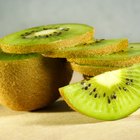
How to Juice Kiwi Fruit
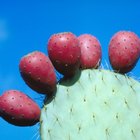
How to Eat Xoconostle
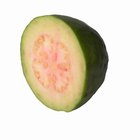
How to Peel Guava
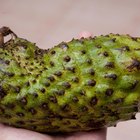
How to Make Soursop Juice
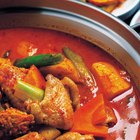
How to Cook Manioc Root

How to Cook Agar-Agar Jam
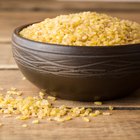
Cooking Instructions for Cracked Wheat
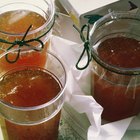
How to Cook Agar-Agar Jam

How to Eat a Kiwano Horned Melon

How to Make Carob Juice
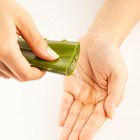
Can I Store Aloe Vera Gel From a Plant ...

Uses of Tamarind Seeds
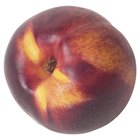
How to Bake Nectarines Like Peaches
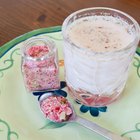
How to Make a Sweet Saunf Mixture at ...
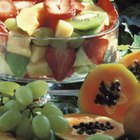
How to Cook Papaya
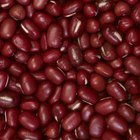
How to Make Homemade Red Bean Paste ...

How to Boil Chayote
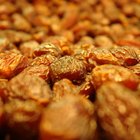
How to Refresh Dried Fruits: Raisins

How to Keep Pomegranate Fresh

How to Eat a Quince
References
Writer Bio
Based in Halifax, Nova Scotia, Jordan Whitehouse has been writing on food and drink, small business, and community development since 2004. His work has appeared in a wide range of online and print publications across Canada, including Atlantic Business Magazine, The Grid and Halifax Magazine. Whitehouse studied English literature and psychology at Queen's University, and book and magazine publishing at Centennial College.